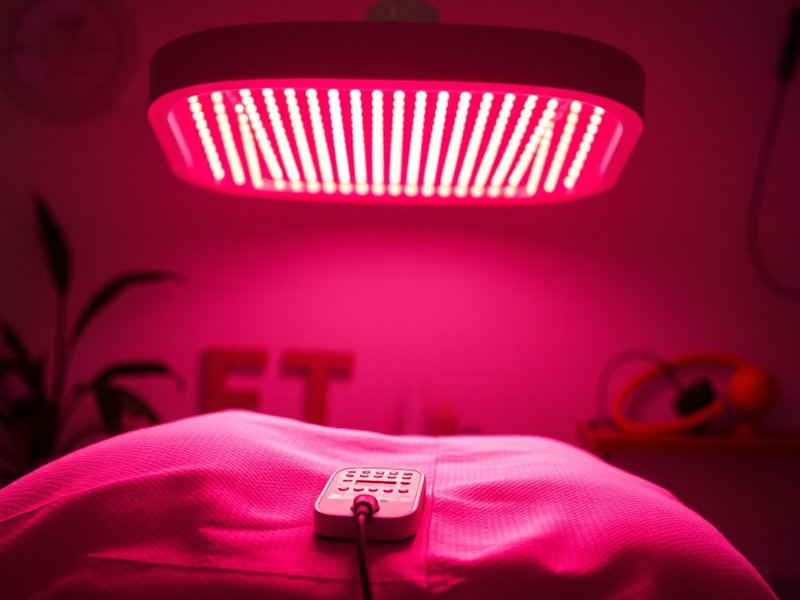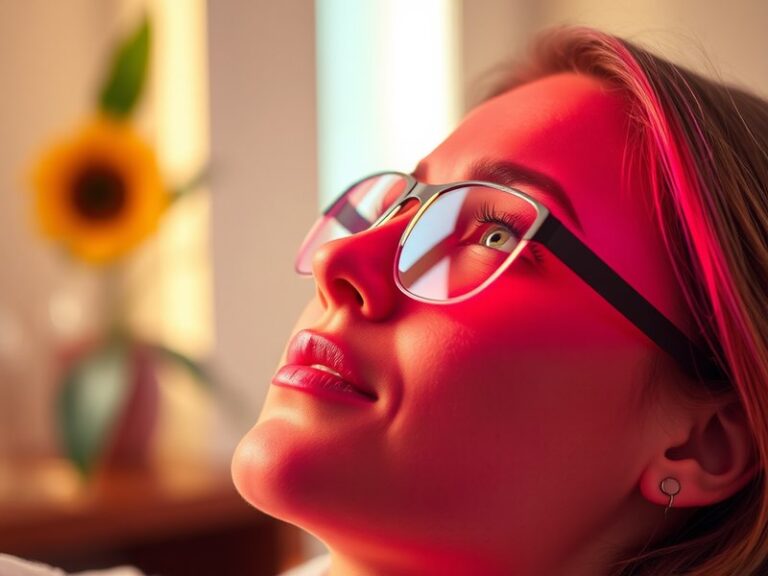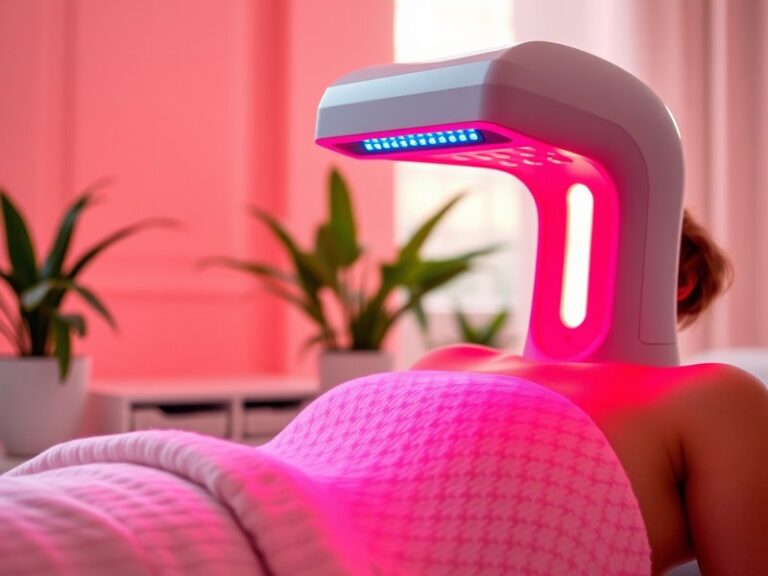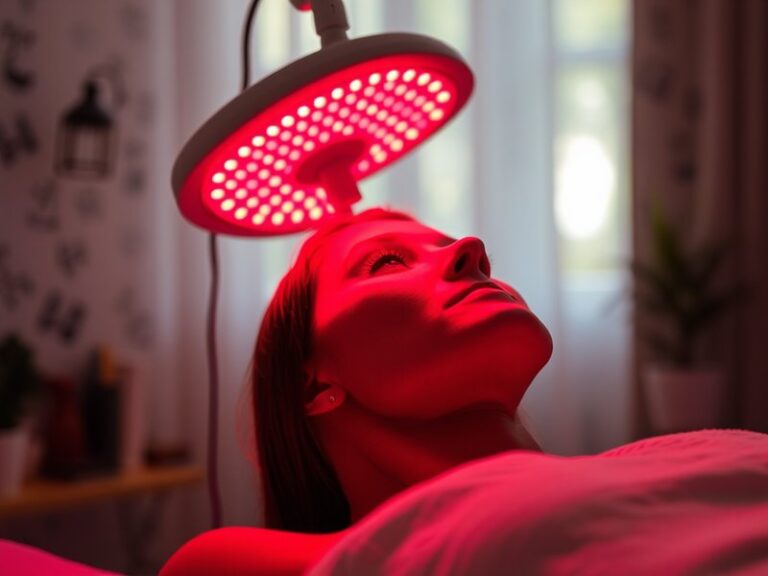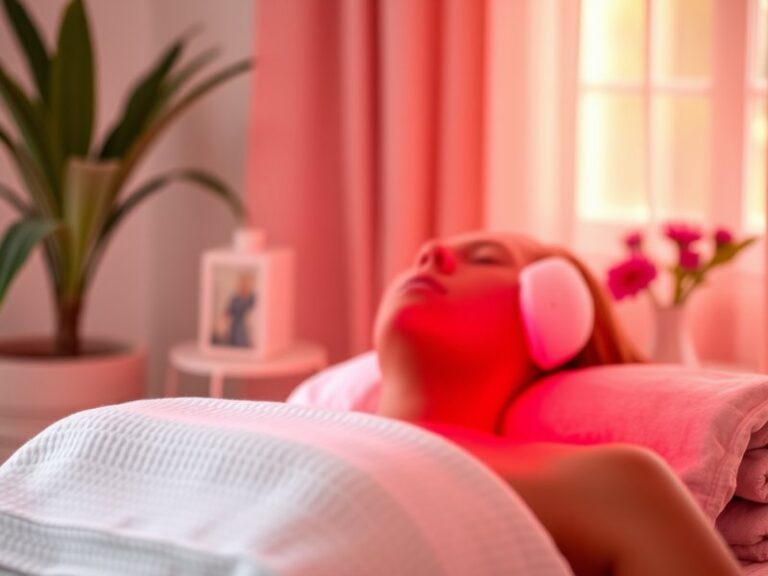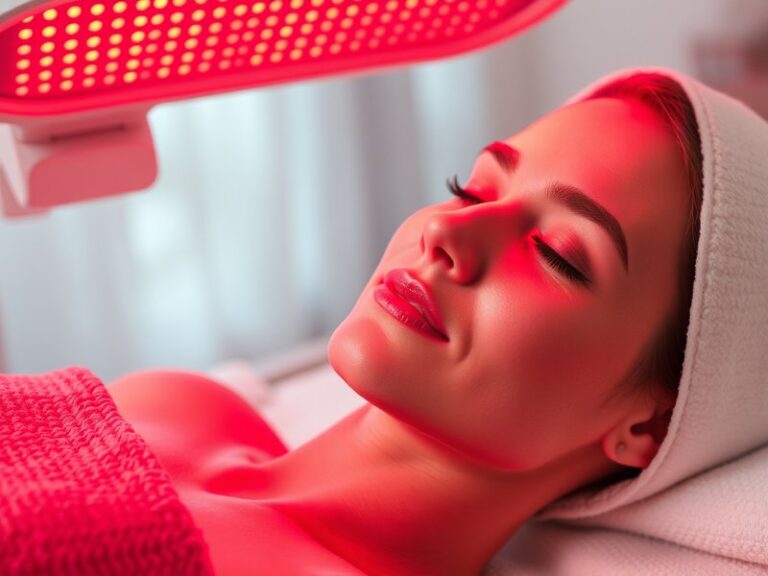How Long Do You Need To Do Red Light Therapy?
How Long Do You Need To Do Red Light Therapy?
Have you ever wondered how long you should undergo red light therapy for optimal results?
Red light therapy (RLT) is gaining popularity for numerous therapeutic and cosmetic benefits, but the duration and frequency of sessions can vary significantly based on the desired outcome. This article explores the recommended timing for red light therapy sessions, the specific benefits it offers, considerations before starting, alternatives, and frequently asked questions.
Key Takeaways
- Session duration typically ranges from 10 to 30 minutes, depending on the treatment area and goals.
- Frequency varies from a few times per week to daily sessions based on individual needs and results.
- It is essential to consider skin type, sensitivity, and specific health goals before starting therapy.
What is Red Light Therapy?
Red light therapy involves the use of low-level wavelengths of red light to treat various conditions and enhance skin health. It employs specific wavelengths, usually between 600 and 650 nanometers, which penetrate the skin to promote cellular functions.
This therapy is thought to enhance mitochondrial function, leading to increased adenosine triphosphate (ATP) production, which boosts cellular energy. RLT can be used for skin rejuvenation, wound healing, inflammation reduction, and even pain relief.
What are the Benefits of Red Light Therapy?
Red light therapy presents several key advantages that make it appealing to users seeking assistance for various health and cosmetic concerns.
Skin Rejuvenation
RLT stimulates the production of collagen and elastin, leading to firmer, more youthful-looking skin. Studies have shown significant improvements in skin texture and a reduction in wrinkles after consistent sessions.
Pain Reduction
Patients with chronic pain conditions, such as arthritis, often report relief through RLT. The therapy improves local circulation and decreases inflammation, offering a drug-free alternative for pain management.
Improved Wound Healing
RLT has been shown to accelerate wound healing by enhancing cellular repair and regeneration processes. This makes it a favorable option for recovering from injuries or surgical procedures.
Boosted Hair Growth
Studies indicate that RLT can support hair regrowth in individuals experiencing androgenetic alopecia or other forms of hair loss, potentially increasing hair density and thickness.
Is it Possible to Adjust Session Duration?
Adjusting the duration of red light therapy sessions is indeed possible, and it’s crucial to personalize it based on individual needs and conditions.
What are the Advantages of Flexible Duration?
Having flexibility in session length allows users to tailor their treatments to specific goals and time constraints.
- Customizable Treatments: Users can start with shorter sessions to gauge sensitivity and gradually increase duration to maximize benefits.
- Focused Areas: Focusing on specific areas with longer sessions can enhance results in targeted treatments.
- User Comfort: Shorter initial sessions may increase user comfort and compliance, leading to better adherence over time.
What are the Disadvantages of Flexible Duration?
A lack of consistency in session duration may lead to unpredictable results.
- Overexposure Risk: Longer sessions than recommended can lead to skin irritation or adverse effects.
- Inconsistent Results: Varying durations can hinder the ability to assess the therapy’s effectiveness accurately.
- Difficulty in Establishing Protocols: If users frequently change durations, it may complicate the creation of effective treatment plans.
What are the Things to Consider Before Starting Red Light Therapy?
Before beginning red light therapy, it is essential to consider several factors that can influence treatment outcomes.
Discover our insights Does Red Light Therapy Reduce Fat?
Skin Type and Sensitivity
Individuals with sensitive skin or specific skin conditions should consult with a medical professional. Understanding your skin type can help determine appropriate session lengths and frequencies.
Treatment Goals
Clarifying your treatment goals—whether they be for skin health, pain management, or hair restoration—can guide your decisions regarding session timing.
Device Quality and Type
Not all red light therapy devices are created equal. Researching quality, power output, and wavelength specifics is essential to ensure effective treatment.
Personal Schedule and Commitment
Assess how often you can realistically commit to sessions. A consistent schedule is vital for achieving desired results over time.
What are the Alternatives to Red Light Therapy?
If red light therapy does not seem suitable, there are several alternative treatments available, each with its benefits.
Laser Therapy
Laser therapy functions similarly to RLT, providing targeted light energy but often at different wavelengths and intensities. It may be more effective for addressing certain medical conditions.
Find out the complete story Does Red Light Therapy Help Scar Tissue?
Phototherapy
Phototherapy uses various wavelengths of light to treat skin conditions, such as psoriasis and eczema. Its application is broader, though it may not offer the collagen-boosting benefits seen with RLT.
Chemical Peels
Chemical peels can improve skin texture and tone, similar to RLT, but involve the use of chemicals to exfoliate the skin, which may not appeal to all users.
Microneedling
This cosmetic procedure creates tiny wounds to stimulate healing and collagen production. While effective for skin rejuvenation, it is more invasive than RLT.
Conclusion: Is it Recommended to Try Red Light Therapy?
Overall, red light therapy can be a beneficial addition to your wellness or beauty routine, particularly for skin rejuvenation, pain management, and wound healing. However, it’s essential to tailor the duration and frequency of sessions to meet individual needs. Consulting with a healthcare provider prior to starting therapy can help customize a plan that maximizes benefits while minimizing risks.
Frequently Asked Questions
How often should I do red light therapy?
Most recommendations suggest starting with 2-3 sessions per week for general wellness, but specific goals might require daily sessions for a limited time.
Can I overdo red light therapy?
Yes, overexposure can potentially lead to skin irritation. It’s best to start with shorter sessions and increase duration carefully based on your body’s response.
Does red light therapy hurt?
Generally, red light therapy is painless and feels warm; however, individual experiences can vary based on skin sensitivity.
Can I use red light therapy with other treatments?
In many cases, RLT can complement other treatments, but it’s best to consult with a healthcare professional to avoid potential interactions.
What should I look for in a red light therapy device?
Ensure the device emits wavelengths between 600-650 nanometers, has adequate power output (typically 50-100 milliwatts), and is FDA-cleared for safety.
